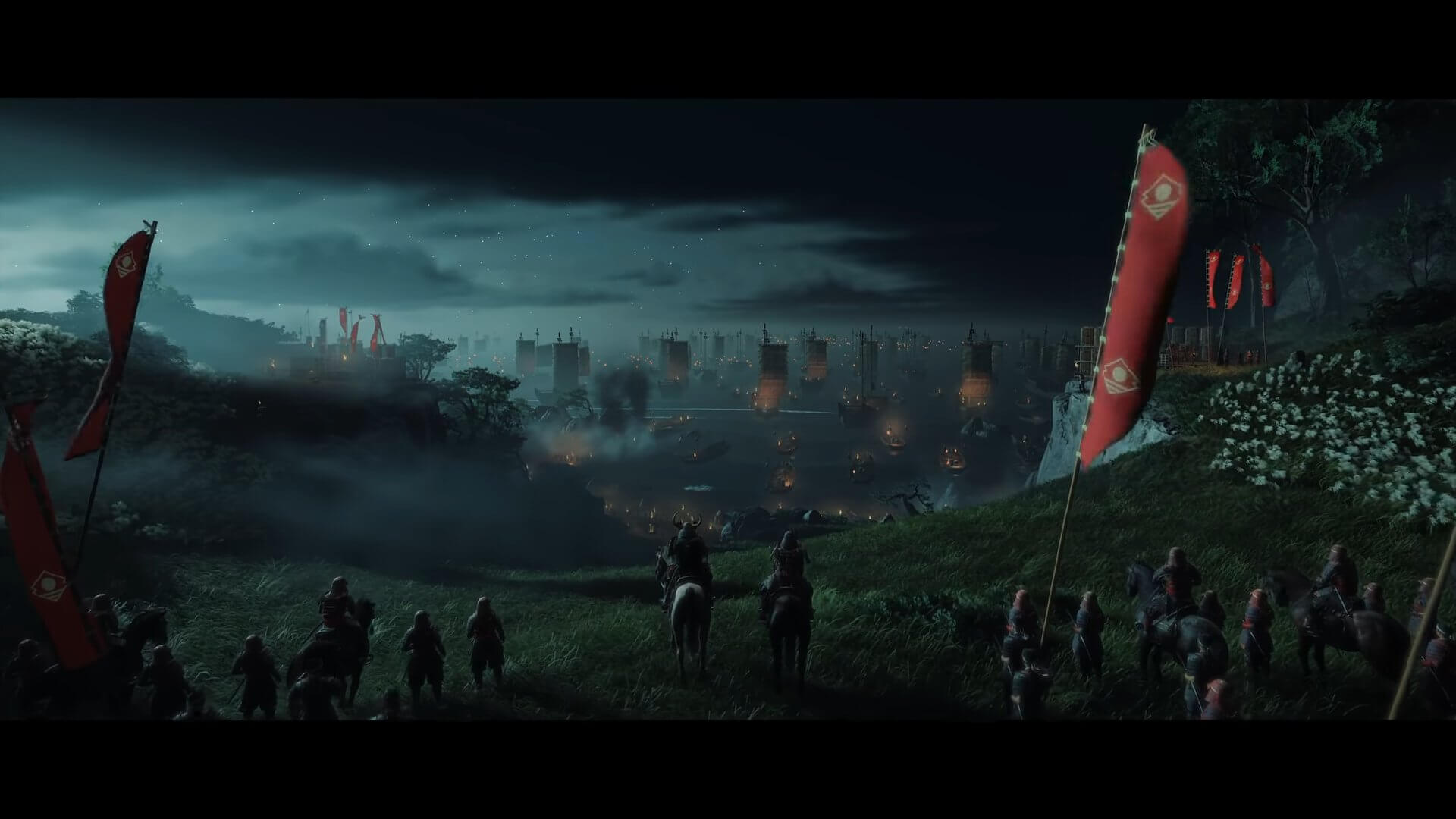 なおえもん
なおえもん
Hi there.I’m Naoemon.
One hundred and seventy years ago, four foreign ships led by American Commodore Perry appeared off the coast of Uraga and opened Japan to the world. At that time, Japan was on the brink of being colonized, but in fact, Japan had faced the danger of colonial rule many times before that. So why was Japan able to escape those crises? In this article, I will try to explain why Japan was able to escape from colonial rule, taking into account the perspectives of Perry and other foreigners.
もくじ
- 1 What is Colonial Policy? Influences by Spain and Portugal during the Age of Discovery
- 2 Why Japan was never colonized in its long history, explaining 6 reasons
- 3 Reason 2: Because Shinto was respected and the people of Japan were united in their feelings.
- 3.1 Reason 3: The Japanese saw through the missionaries’ ambitions.
- 3.2 Reason 4: Because the military power of the Warring States period was well-developed.
- 3.3 Reason 5: Because the Edo Shogunate demanded equal negotiations with Perry of the U.S. Navy.
- 3.4 Reason 6: Japan had a high level of education during the Edo period.
What is Colonial Policy? Influences by Spain and Portugal during the Age of Discovery
The Age of Discovery began in Europe in the 15th century. It refers to a period in which nations, having acquired a compass, established shipping routes, discovered new continents, and expanded into the world. European countries were the first to establish new sea routes, and they began to compete for territory in order to claim the new continents they discovered as their own. This was the beginning of the colonial policy. In the beginning, Spain and Portugal were the first to expand into the world, ahead of other European countries, but their actions on the new continents were unthinkable by today’s standards. Upon arriving in South America, the Spanish forced the local people into slave labor and repeatedly used extremely inhumane practices to oppress the people. Lascazas, a Spanish missionary of the same era as Columbus, sent a letter to the king denouncing the atrocities. According to the records left by Lascassas, the island of Española (the area that is now Haiti and the Dominican Republic) had approximately 3 million inhabitants, but within 50 years of Columbus’ arrival, the number had plummeted to only 200. The Bahamas, which had more than 500,000 inhabitants, dwindled to 11. Spain destroyed the Aztec Empire and acquired the largest silver-producing region in the world at the time, and conquered the Inca Empire and negotiated for gold deposits. It also took possession of 52% of the South American continent and 26% of the total area of the North American continent. In addition, pathogens brought by the Spanish from Europe, such as smallpox, syphilis, and cholera, took the lives of the local people, who were not immune to these diseases, one after another. 110 years after Columbus landed on the island of San Salvador, the estimated 40 to 100 million people in South America had been reduced to 10 million. To make up for the shortage of labor, Africans were now sent to Latin America. This slave trade continued for 400 years, and it is said that 80 to 100 million Africans were sacrificed.By the end of the Age of Discovery and the 18th century, the Industrial Revolution in Europe and the United States led to a dramatic technological revolution. They began to migrate in earnest from their home countries and began to economically develop and govern the countries they conquered. These conquered lands are called colonies. By this time, countries such as the Netherlands, England, France, Germany, and the United States were also expanding their colonies. In order to subjugate the people there, they adopted a policy of denying education, which resulted in the local people not being able to read, thus depriving them of the ability to rebel and forcing them to pay high taxes and work. Naturally, there were also military conflicts between the local people and the migrants.
In North America, the population of Native Americans, which was estimated to have numbered 2 million, declined to only 350,000 in the 19th century due to the settlement of whites from around the 16th century. In today’s sense, Western colonial policies appear to be nothing more than an invasion, but common sense at the time justified such actions by calling them territorial expansion. Thus, from the 15th to the 19th century, the Western powers’ policy of territorial expansion colonized North and South America, Africa, Oceania, India, West Asia, and Southeast Asia except for the Middle East. According to the Dictionary of Britannica, the colonies controlled by the Western powers had reached 85% of the Earth’s surface area by 1914, when World War I began. In such a situation, why was Japan not colonized? Broadly speaking, there have been four crises in Japan. The oldest was the time of the Genko invasion during the Kamakura period in 1200 AD, then from the Warring States period to the beginning of the Edo period, during the Age of Exploration, and at the end of the Edo period, during the time of Western imperialism. Let me explain how Japan overcame those crises.
Why Japan was never colonized in its long history, explaining 6 reasons
Reason 1: Because of the superior intelligence of the Kamakura Samurai and the Kamakura Shogunate.
The Genko was a series of two invasions of Japan by the Mongol Empire during the Kamakura period in the late 13th century. These invasions failed and the Yuan forces withdrew, thus sparing Japan from Mongol domination.
Kamakura Samurai Preventing Genko’s Invasion of Japan
Reason 2: Because Shinto was respected and the people of Japan were united in their feelings.
Although burned by the U.S., Japanese textbooks once stated that the victory over the Genko invasion was due to the combined bravery of the samurai and the efforts of civilians, and that Japan was protected because of their united efforts in dealing with the national crisis. After World War II, GHQ separated Shinto from Japanese politics and restricted Shinto shrines from being enshrined in schools, government offices, and other public places in order to discourage Japan’s desire to fight. Furthermore, the U.S. banned the term “Hakko Ichiu” in Japan. Hakko Ichiu” is the founding principle of the nation as written in the Chronicles of Japan, completed in 720 A.D. It was coined by Emperor Jinmu. It was coined by Emperor Jinmu and means that all corners of the world should be able to live together like one family. GHQ restricted this word because they believed that the strength of the Japanese people was rooted in the spirit of the Japanese people. Such a strong spirit of the Japanese people was already in place by the Kamakura period (1185-1333). Such unity of the Japanese people was one of the weapons to protect the country.Reason 3: The Japanese saw through the missionaries’ ambitions.
At the time of the Age of Discovery, Portugal and Spain, which were prominent in Europe, signed a treaty and divided the world into two parts on their own. Japan was located right on the border, and in the mid-16th century, missionaries from both countries came to Japan in turn. In 1543, guns were introduced to Japan by the Portuguese on a ship that drifted ashore at Tanegashima, and it was against this background that the Portuguese were on board. At that time, Christian missionary work was still allowed in Japan. At that time, trade with the West, known as the Nanban trade, was welcomed by Japan. However, when Toyotomi Hideyoshi went to pacify Kyushu, Nagasaki and other areas were donated to the Jesuits by Christian lords who had converted to Christianity, and the land of the Japanese people was lost. He also learned that Japanese people were being sold as slaves all over the world by them. It was there that Toyotomi Hideyoshi realized the ambitions of Spain and Portugal. The ambition was to send missionaries to the targeted lands to evangelize them, as Spain had done in South America, while actually gathering information on future colonies and making them jealous. They then manipulated those who converted to Christianity to their side, after which they would send their armies to annihilate the Japanese and colonize them. In fact, the Spanish forced the emperor of the Inca Empire to convert, and when he refused, they took his life and destroyed the Inca Empire. Therefore, Toyotomi Hideyoshi issued a decree banning Christian Bateleens and went to the Korean peninsula to conquer the Chinese civilian state. Incidentally, this was not an invasion of the Korean peninsula; in fact, the peninsula was merely a passageway. Toyotomi Hideyoshi’s purpose in going to the Chinese Min Kuk was to escape the threat of Spanish and Portuguese colonial rule. If the weakened Chinese civilian states were conquered by Spain and Portugal, there was a clear danger that the Korean peninsula and Japan would be colonized. Therefore, it is said in recent years that Toyotomi Hideyoshi decided to bring the Chinese civil states under his control ahead of both countries. In addition, during the reign of Tokugawa Iemitsu, the third shogun of the Edo shogunate, the Christian rebellion of Shimabara led to the expulsion of Portuguese traders from the country and the tightening of Japan’s isolationist policy.Reason 4: Because the military power of the Warring States period was well-developed.
During the Sengoku period, the fighting ability of warriors was at its highest and they mass-produced as many as 500,000 guns. Japan had the largest number of guns in the world at this time.
Why did Japan abandon the technology of guns after the 16th century, despite its success in mass production of guns and its superiority over Western countries?
One year after the introduction of guns to Japan, dozens of guns were manufactured on Tanegashima Island. Late …
Japan was most likely to become a colony in the 19th century. After years of isolation, the United States forced Japan to open its borders. However, even during the Edo period (1603-1867), when Japan enforced a policy of national seclusion, it made efforts to gather information about foreign countries. This knowledge played an important role in Japan’s negotiations with Commodore Perry, who was a major influence on Japan’s ability to present its position in an open and dignified manner. One of the sources of this information was the Netherlands. Reports were submitted to the Japanese side from the Netherlands, through which the Edo Shogunate kept abreast of overseas developments. Specifically, the purpose of Perry’s voyage and the American weapons and equipment at the time of Perry’s arrival were known one year before his arrival in Japan. When Perry’s fleet of the U.S. Navy appeared, it was Saburousuke Nakajima of the Uraga Magistrate’s Office who first negotiated with Perry’s side. He had studied ships and was well versed in world affairs, so he was not one step behind in negotiations with Perry’s fleet. Perry threatened Nakajima that if Japan did not agree to negotiations, he would land in Japan on a cutter ship and deliver a letter from the U.S. president in person, but Nakajima did not yield. Nakajima argued unequivocally to the U.S., who threatened Japan, that a country had its own laws and that those laws could not be violated. The following year, Perry entered Edo Bay with more ships. He used a hard-line negotiating approach against Japan backed by his overwhelming military power. At that time, the person who responded to Perry was Hayashi, the Japanese plenipotentiary. Perry brought up the Morrison Incident to Japan, demanding humane treatment for the castaway sailors and demanding trade relations with Japan. The Morrison Incident was an incident in which an American merchant ship, the Morrison, came to Japan seeking the repatriation of seven Japanese drifters and trade with Japan, but was bombarded by the Japanese due to a decree to destroy foreign vessels. Perry threatened Japan with war if humane treatment was not guaranteed. Hayashi refuted Perry’s claims. The Morrison incident was already 17 years ago, and I don’t think it caused any long-standing resentment. Hayashi pointed out to the U.S. that it would be heavy-handed to use that incident as a reason for going to war. Due to Hayashi’s skillful negotiation, Perry made concessions on the issue of commerce, and at this time, the treaty did not include a treaty of commerce, but a treaty of friendship between the U.S. and Japan was concluded with the main purpose of opening two ports, Shimoda and Hakodate, and providing protection for human life and supplies. In the end, Japan was forced to accept some of the U.S. demands. However, while Japan was militarily inferior, the Tokugawa Shogunate did not bow to Perry’s threats, but insisted on what it needed to insist on, extracted concessions from the other side, and as a result escaped colonial rule. Incidentally, what the Tokugawa Shogunate did immediately after the conclusion of the Treaty of Amity between Japan and the United States was to strengthen its naval power. In addition, it built six Odaiba to strengthen the defense of Edo Bay.
Reason 6: Japan had a high level of education during the Edo period.
Western powers came to Japan after colonizing most of Africa, India, and Asia. To the Westerners, Japan seemed like a poor country, but they landed, studied Japan, and were astonished at the high literacy rate of the Japanese people. They left behind various testimonies. For example, Commodore Perry of the U.S. Navy, in his report on his expedition to Japan, wrote the following In Japan, the general population is literate and eager to learn. Education is widespread throughout Japan, and unlike the Qing women, Japanese women are as well versed in intellectual literature as their male counterparts. The Japanese upper classes with whom the Americans came in contact had a certain knowledge of the geography, material progress, and contemporary history of not only their own country but of the world as well. Captain Reinhold Werner of the Prussian Navy, who came to Japan in 1860, wrote in his Bakumatsuki, Captain of the Elbe, “In Japan the servant women use their leisure time to write to each other and to their intimate friends, and even the manual laborers in their old clothes can all read and write. At that time, almost 100% of samurai could read and write, and 50% of the common people could read and write. In Edo, the capital of Japan, the school attendance rate ranged from 70 to 86%. In contrast, around 1837, the school attendance rate in the large industrial cities of England was only 20-25%, and in France, despite the introduction of free primary education in 1794, the school attendance rate for 10-16 year olds was 1.4%. During the Edo period, there were educational institutions such as academies under the direct control of the shogunate, clan schools established by each clan, private schools for private education, and terakoya, elementary educational institutions for the general public. In particular, there were more than 15,000 terakoya in the late Edo period. At these schools, education was provided at precise levels in teaching reading, writing, and abacus (calculation). There were no standardized textbooks, but rather individualized instruction that brought out the abilities of each child and taught them what they needed for the future. In other words, the content of the instruction was designed to be immediately effective when the Japanese child became an adult. Japan also focused on character building based on morality. The reason why the Japanese who negotiated with Perry were of such a high level that they were able to engage in open debate was due in large part to the educational methods used during the Edo period. Western powers were also amazed at the unique culture that had blossomed in Japan and the infrastructure that was in place. And in the Anglo-Satsuma War, fought between the Satsuma clan of Japan and the Royal Navy, the fighting power of just one Japanese clan was enough to handicap the Royal Navy. Taken together, these factors would have alerted the Western powers to the fact that colonizing Japan would not be easy.0



コメントを残す